The white cane is an important mobility aid used by many people who are legally blind or with severe visual impairments to navigate their surroundings safely. Typically, the White Cane Awareness Day is observed on October 15th. By recognizing White Cane Awareness Day, people can better understand the challenges faced by the visually impaired and contribute to making the world a more accessible and inclusive place for them. It’s a day to show support and solidarity with the blind and visually impaired community.
White Cane Awareness Day
The White Cane Awareness Day has its origins in the early 20th century when white canes were first used as mobility aids by individuals with visual impairments. The significance of this day can be traced back to World War I when white canes were introduced to assist veterans who had lost their sight during the war. Until 1964, the U.S. Congress passed a joint resolution, authorizing the President to designate October 15th of each year as the White Cane Awareness Day.
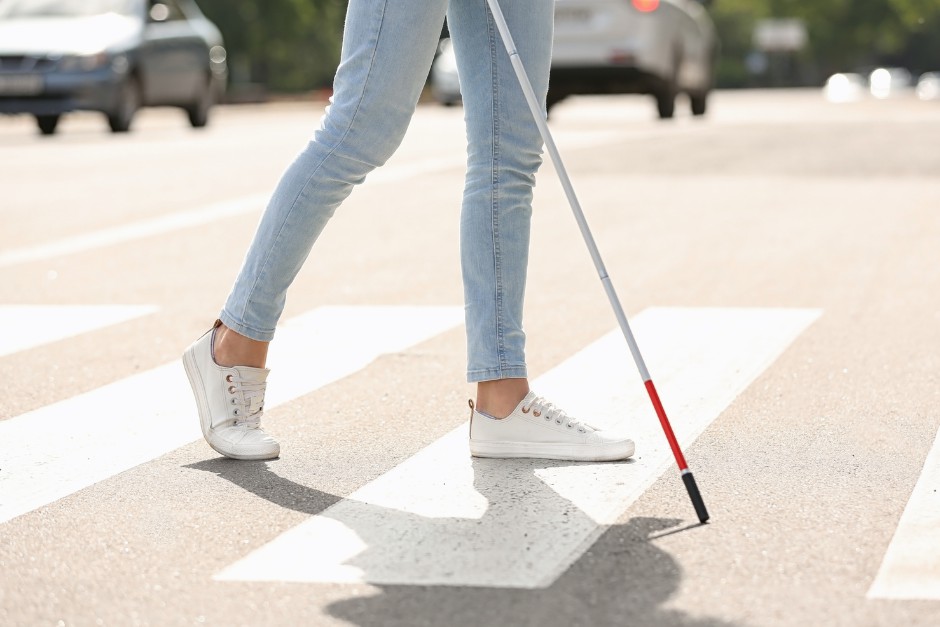 Many people may not realize how white canes work. Generally speaking, white cane is a kind of white stick used by blind or visually impaired people to help them navigate and detect obstacles. The underlying principle of white canes relies on tactile feedback. When the white cane makes contact with the ground, users can sense various characteristics of the terrain, such as changes in the walking surface, obstacles, or steps. This tactile information enables them to move more safely, avoiding collisions and falls. White canes also communicate the needs and special status of visually impaired individuals to others, prompting support and respect.
Many people may not realize how white canes work. Generally speaking, white cane is a kind of white stick used by blind or visually impaired people to help them navigate and detect obstacles. The underlying principle of white canes relies on tactile feedback. When the white cane makes contact with the ground, users can sense various characteristics of the terrain, such as changes in the walking surface, obstacles, or steps. This tactile information enables them to move more safely, avoiding collisions and falls. White canes also communicate the needs and special status of visually impaired individuals to others, prompting support and respect.
The White Cane Awareness Day is not just an important day for the visually impaired community. It’s an opportunity for the general public to understand the challenges and needs of visually impaired individuals. The day serves as a reminder that society should provide inclusive environments to ensure equal participation for all, including those with vision loss. Furthermore, the White Cane Awareness Day encourages people to reflect on how they can support visually impaired people and enhance their quality of life. This may include supporting sustainable projects, volunteering, promoting education, or raising awareness about the challenges faced by the visually impaired. The White Cane Awareness Day conveys a crucial message that each person can contribute to creating a more inclusive and supportive society, where individuals with vision loss enjoy equal rights and dignity.
What do Blind People Face?
People with 20/200 vision face many challenges in their daily lives, particularly when it comes to everyday travel and recreational activities. In terms of daily travel, they often encounter difficulties related to transportation and navigation. Navigating public transportation systems can be challenging due to unfamiliar routes, the lack of tactile navigation cues, and inadequate accessibility options. Safety is another significant concern, especially in busy streets and traffic, people with visual impairments are more likely to meet troubles. On the streets, blind people need to be extremely careful to avoid collisions, falls, and other potential hazards. Obstacles such as construction sites or parked vehicles can lead to additional threats.
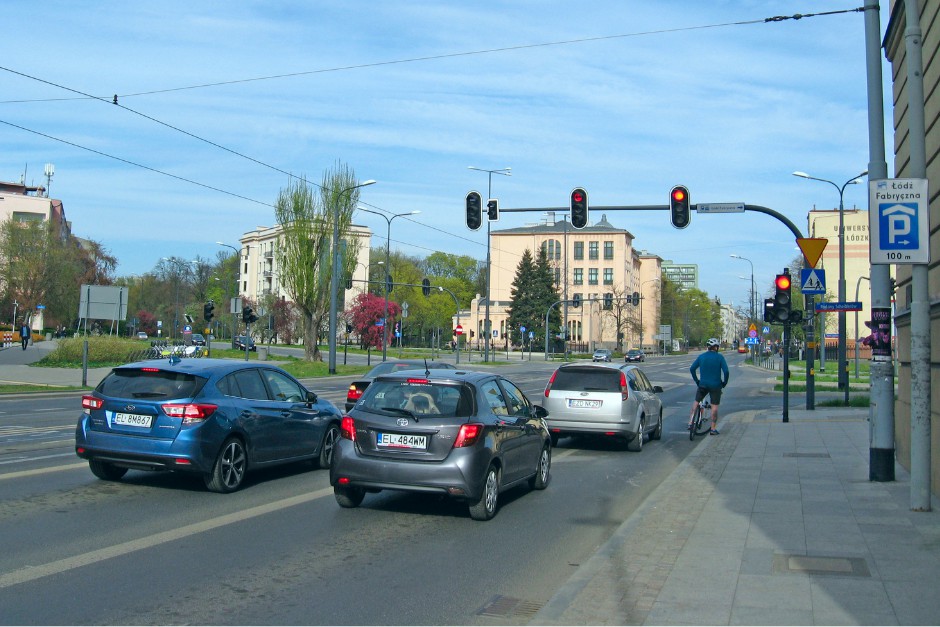 Recreational activities can also be quite challenging for the visually impaired. Take travel as an example, accessing travel information, navigating unfamiliar destinations, and participating in tours and activities can be difficult tasks. The lack of sufficient accessibility facilities and information may restrict their opportunities for exploration and enjoyment during travel. Meanwhile, participating in outdoor activities such as hiking, camping, and sports may require more demands, as they must overcome the challenges of unfamiliar terrains, weather conditions, roads, and equipment.
Recreational activities can also be quite challenging for the visually impaired. Take travel as an example, accessing travel information, navigating unfamiliar destinations, and participating in tours and activities can be difficult tasks. The lack of sufficient accessibility facilities and information may restrict their opportunities for exploration and enjoyment during travel. Meanwhile, participating in outdoor activities such as hiking, camping, and sports may require more demands, as they must overcome the challenges of unfamiliar terrains, weather conditions, roads, and equipment.
 Moreover, people with low vision face daily life challenges that encompass information accessibility, education, employment, social interaction, and daily activities. Accessing information in traditional formats can be limited, leading to difficulties in staying informed or accessing educational materials. As for employment, visually impaired people may encounter discrimination in the job market, and educational challenges can limit their opportunities as well. In addition, daily tasks like cooking, shopping, and cleaning are also problems for low vision people, which necessitate the use of assistive devices and additional support.
Moreover, people with low vision face daily life challenges that encompass information accessibility, education, employment, social interaction, and daily activities. Accessing information in traditional formats can be limited, leading to difficulties in staying informed or accessing educational materials. As for employment, visually impaired people may encounter discrimination in the job market, and educational challenges can limit their opportunities as well. In addition, daily tasks like cooking, shopping, and cleaning are also problems for low vision people, which necessitate the use of assistive devices and additional support.
Nowadays, it’s good to know that there are multiple ways to cope with these challenges. For instance, assistive tools like white canes, or electronic magnifying aids are able to help visually impaired people in their everyday tasks. The society is also providing more support and resources, including improved accessibility infrastructure, training, and education for the blind people. In the meantime, raising awareness and fostering understanding of the needs and rights of blind individuals is of paramount importance. It’s somehow the fundamental way to help people with low vision and contribute to making a more inclusive social environment.
How to Help the Visually Impaired?
To truly help people with visually impaired, assistive devices are one of the most useful approaches to support them. The common assistive technology for the visually impaired can include:
White Cane: The white cane is one of the most common assistive tools used to assist blind and visually impaired individuals in navigation and detecting ground obstacles. It provides tactile feedback, helping users identify ground features such as uneven surfaces or obstacles.
Screen Readers: Screen readers are software tools that convert text and images into audio or tactile feedback, allowing visually impaired users to access information on electronic devices such as computers, smartphones, and tablets.
Speech Recognition Technology: Speech recognition software allows people with visual impairments to control devices, send emails, browse the internet, and perform other tasks using verbal commands, improving their computer usage experience.
Braille Displays: Braille displays are devices used for reading and writing in Braille. They provide tactile feedback for visually impaired users to interact with digital content.
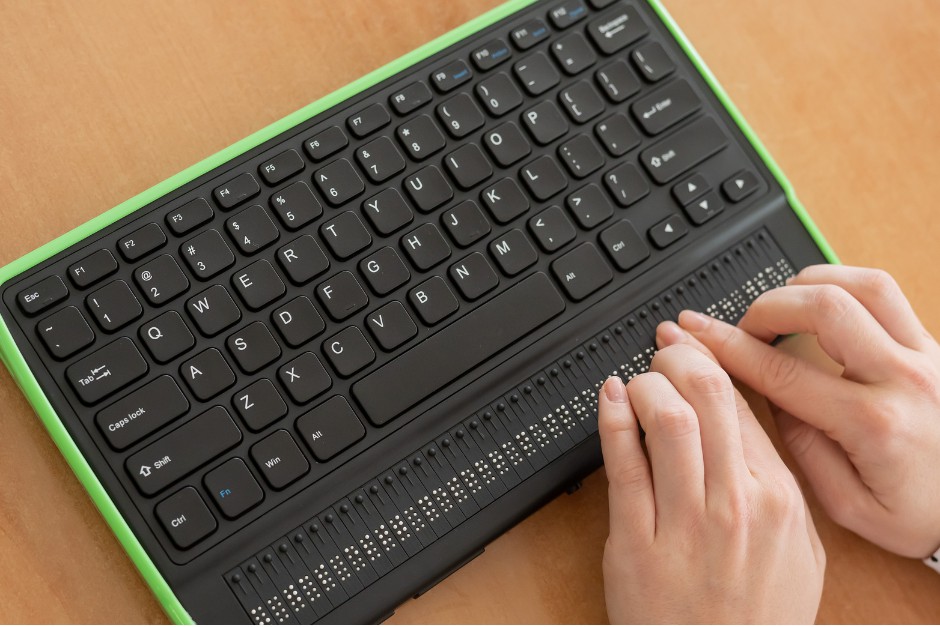
Navigation Apps: There are various navigation apps and devices that offer auditory navigation and route guidance, making it easier for individuals with vision loss to explore unfamiliar places.
Audiobooks and Talking Books: Audiobooks and talking books provide reading materials in audio format, allowing low vision people to enjoy a wide range of books and information.
Digital Magnifiers: Digital magnifiers are devices that can enlarge text, images, and objects to help visually impaired individuals see and recognize details more easily. Some of the device also possesses the text-to-speech function, which allows people with severe visual impairments to get the information more easily.
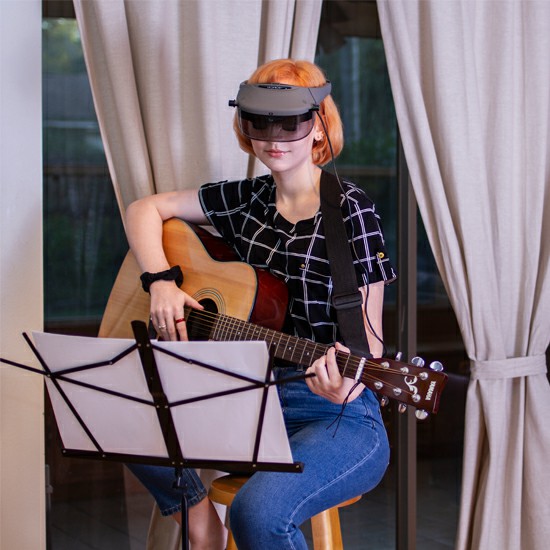 Particularly, although low vision E-glasses like Acesight or Acesight VR have only appeared in recent years, they have an irreplaceable effect in improving the quality of life. To be extent, people need to understand what is happening around them, they need to think about it and share it with others. Low vision E-glasses not only have a simple function of magnifying and helping to watch or read, but also allow people with low vision to easily watch TV, participate in social activities, live more calmly, and find more fun and satisfaction in their daily lives.
Particularly, although low vision E-glasses like Acesight or Acesight VR have only appeared in recent years, they have an irreplaceable effect in improving the quality of life. To be extent, people need to understand what is happening around them, they need to think about it and share it with others. Low vision E-glasses not only have a simple function of magnifying and helping to watch or read, but also allow people with low vision to easily watch TV, participate in social activities, live more calmly, and find more fun and satisfaction in their daily lives.
It has to be admitted that some basic needs may be helped by a white cane or optical magnifier, but low vision E-glasses can help people with visual impairments achieve more independence and even have more opportunities to show themselves in a group or social community. This type of product is worthy of exploration and use by people with low vision.
When people with visual impairments are choosing the appropriate assistive tools, it’s crucial to consider their specific needs, the extent of their vision loss, and the context in which the tools will be used. For instance, for individuals with severe visual impairments and legal blindness, carrying a white cane is indispensable when they’re going outside. Or, blind people also typically benefit from the use of screen readers and Braille displays, which enable them to access electronic text and information in their studies, work, and daily life.
For those with partial vision or some remaining visual acuity, digital magnifiers may be more practical, as they help enlarge details and recognize objects. Additionally, voice-controlled technology and speech recognition software may be more suitable for those who are not familiar with tactile devices, allowing them to control devices and access information through verbal commands. Navigation apps can be beneficial for all visually impaired individuals, enhancing navigation convenience during travel and outdoor activities by providing audio-guided navigation and real-time feedback.
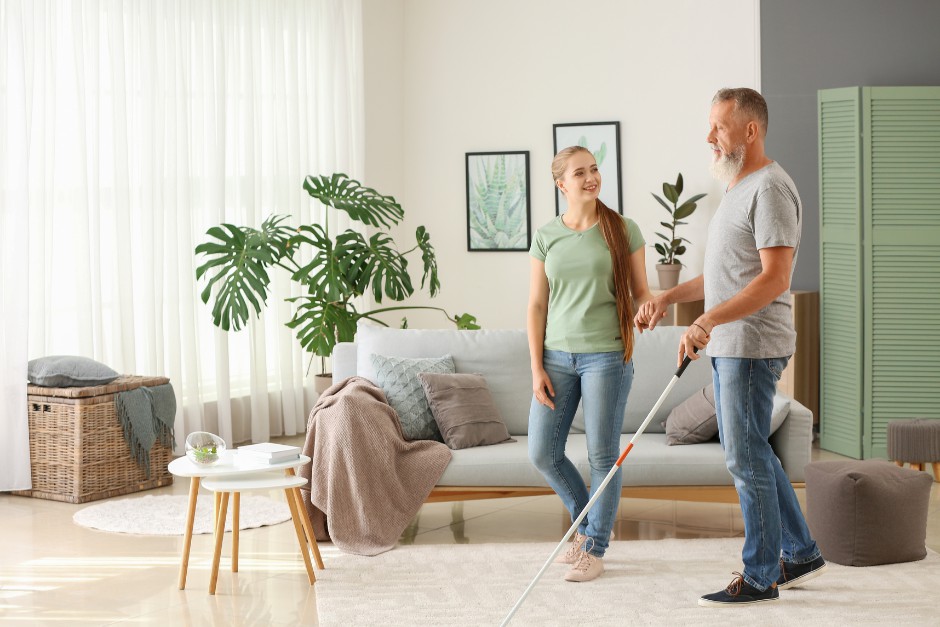
In summary, the importance of White Cane Awareness Day emphasizes the significance of selecting the right assistive tools for the visually impaired. They should prioritize their specific needs and the degree of impairment when selecting assistive tools, choosing tools that are more suitable to their context. On the White Cane Awareness Day, people with vision loss are encouraged to select a suitable assistive device as their vision impairment solution. On the other hand, for the public and the society, it’s necessary to raise the awareness of helping visually impaired people and construct more accessible facilities for them.
References:
https://nfb.org/programs-services/blind-equality-achievement-month/white-cane-awareness-day

